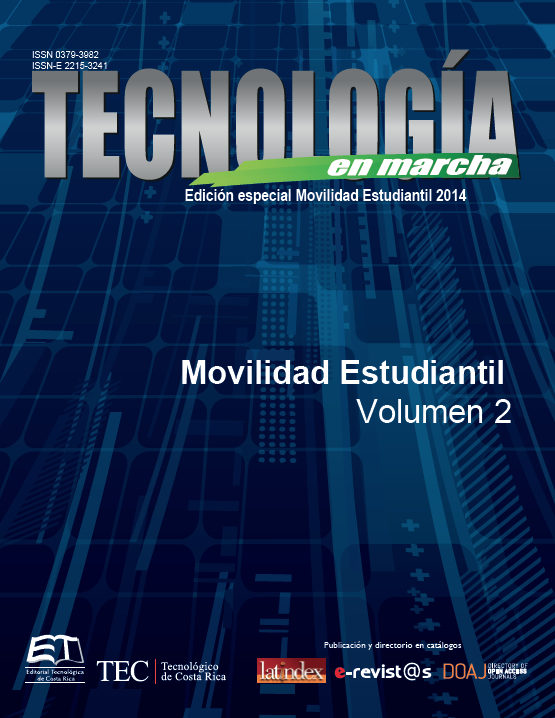Passive component’s real behavior models and simulation for the frequency domain
Main Article Content
Abstract
The development of new electrical devices in our times involves, at first, a fundamental stage of simulation modeling and theoretical behavior at the frequency domain before proceeding with the experimental steps necessary to consolidate these ideas into a new product good enough to be used in our society. In this matter, understanding the actual operation of passive components is essential to describe key characteristics that define the actual performance of the evolving system. Fundamentally, there are three most commonly used electrical elements, namely: resistance, capacitors and inductors, essential to generate new sensors that base their operation on the electromagnetic induction phenomenon.
In good theory, these elements can be modeled with simple mathematical equations by means of circuit analysis techniques in the sinusoidal permanent state, but in practice, it is clear these devices exhibit a very different behavior, due inter alia, to material’s nonlinearities used for manufacturing.
This document aims to summaryze a series of simple conceptual models developed by several authors that approaches, somewhat, a more precise performance characterization of these devices by varying the operating frequency, as well as a brief description of the different materials used on its construction, with the aim of expanding the theoretical overview for a better understanding and further characterization of common electrical systems.
Article Details
Los autores conservan los derechos de autor y ceden a la revista el derecho de la primera publicación y pueda editarlo, reproducirlo, distribuirlo, exhibirlo y comunicarlo en el país y en el extranjero mediante medios impresos y electrónicos. Asimismo, asumen el compromiso sobre cualquier litigio o reclamación relacionada con derechos de propiedad intelectual, exonerando de responsabilidad a la Editorial Tecnológica de Costa Rica. Además, se establece que los autores pueden realizar otros acuerdos contractuales independientes y adicionales para la distribución no exclusiva de la versión del artículo publicado en esta revista (p. ej., incluirlo en un repositorio institucional o publicarlo en un libro) siempre que indiquen claramente que el trabajo se publicó por primera vez en esta revista.

